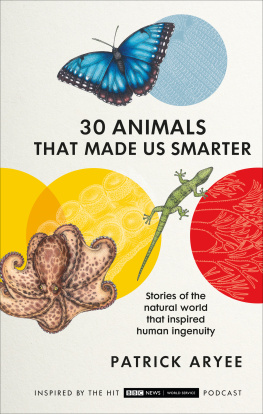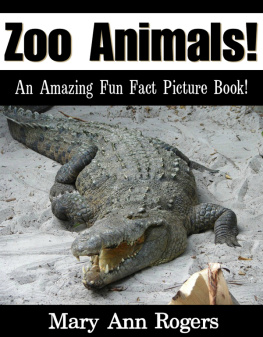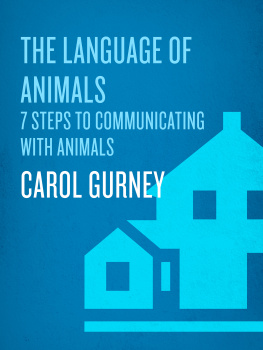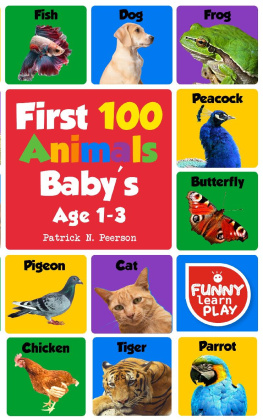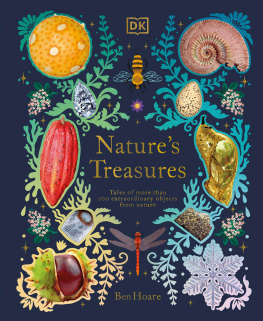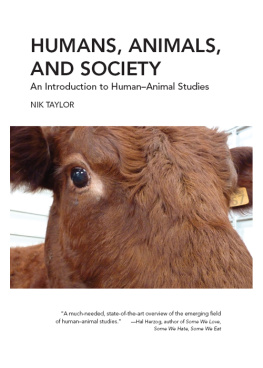Dedicated to the curious minds of all creeds and cultural backgrounds. To those who seek out the uncharted maps of discovery to expand the horizons of the mind. Be guided not by the limitations of what the known world bestows upon you, but rather by the power of your imagination that lies deep inside.
Patrick Aryee with Michael Bright
30 ANIMALS THAT MADE US SMARTER
Stories of the natural world that inspired human ingenuity

EBURY
UK | USA | Canada | Ireland | Australia
New Zealand | India | South Africa
Ebury is part of the Penguin Random House group of companies whose addresses can be found at global.penguinrandomhouse.com.

First published by BBC Books in 2021
Copyright Patrick Aryee
Illustrations Lizzie Harper
The moral rights of the authors have been asserted
Cover design by Two Associates
Based on the BBC World Service podcast 30 Animals That Made Us Smarter, an original idea by James Cook and Jon Manel, produced by Sarah Blunt, Joanna Jolly, James Cook and Dimitri Houtart.
The BBC logo and wordmarks are the trademark of the British Broadcasting Corporation 1996
Publisher: Albert DePetrillo
Editor: Joanna Stenlake
Design: seagulls.net
Production: Antony Heller
ISBN: 978-1-473-53303-5
This ebook is copyright material and must not be copied, reproduced, transferred, distributed, leased, licensed or publicly performed or used in any way except as specifically permitted in writing by the publishers, as allowed under the terms and conditions under which it was purchased or as strictly permitted by applicable copyright law. Any unauthorized distribution or use of this text may be a direct infringement of the authors and publishers rights and those responsible may be liable in law accordingly.
Blueprints
Our planet is a perfectly calibrated operating system. Its also the only place we know of in the entire universe thats capable of supporting life. But dont be fooled: living on a rock thats hurtling through the solar system at 67,000 miles an hour is fraught with danger. For all its beauty, many of Earths ecosystems are extreme places to live. From the crushing pressures of the oceans to the vast scorching desert sands; the deathly thin air of mountaintops to the freezing chill of the polar regions. These extreme environments present a major challenge to any and every form of life. Looking around the globe today, however, we find a stunning variety of species, resolute in their multitude of solutions in overcoming these challenges to thrive in the most unlikely of environments.
This sheer tenacity of life comes down to one thing: genetic variation, aka evolution. Its Charles Darwin, the English naturalist, and all-round big dog in the biology game, who is largely credited for theorising that all species arise, and consequently develop, through a process called natural selection. Now stick with me here because its this natural selection of small inherited variations or genetic mutations that is responsible for providing traits and characteristics that increase an organisms ability to survive, compete and reproduce. One standout example of this can be seen in the evolutionary history of one of our most loved and iconic wild animals: the polar bear.
Despite their dazzling appearance, polar bears are in fact descended from a more grizzly-looking brown bear. It was during the last ice age that having white fur instead of brown became more of an advantage. The few bears that found themselves with the genetic mutation that resulted in white fur were now camouflaged against the white snow. This made it harder for their prey mainly ringed seals to spot their predators. This camouflage started out as a random mutation, but it turned into the perfect adaptation, a trait that became naturally selected for and passed down the generations over thousands of years to this day.
This is evolution at its finest. But then again, what if one of these variations were to give you or me, or any animal for that matter, a quality that didnt work so well in helping us to survive? Well, in that case, its pretty straightforward: its off to the chopping block. The chances are youd eventually die and cease to exist along with the rest of your species. It may seem harsh, but life on Earth is all about survival of the fittest.
So heres the million-dollar question. What does all of this have to do with making us smarter? Well, since that miraculous moment when life first began, plants, animals, fungi and bacteria have been constantly working out the best ways to survive and, importantly, adapt to the complex ecosystems of the planet. So, given that nature has had all this time quite literally billions of years of troubleshooting do we find ourselves in a prime position to learn a thing or two ourselves? Well, this is exactly what I set out to investigate in my companion podcast series with the BBC World Service: to explore the remarkable things animals do to survive and see if those examples might help us in overcoming human challenges of the modern era. You see, the natural world is full of problem solvers; after all, many species have adopted all manner of solutions over time, through trial and error. You can think of nature as the ultimate research and development lab. This stuff is called biomimicry, by the way. Ive been fascinated by it for as long as I can remember, and I know for a fact you will be too.
What is biomimicry? Simply put, its the process of designing brand new tech, inspired by the animals of planet Earth. If its your first time hearing about it, trust me, its a really cool subject, and as you make your way through the stories in the chapters that follow, Ive no doubt that your view of the natural world wont be the same again.
This idea of looking to Mother Nature for inspiration was largely popularised by scientist, author and self-proclaimed nature nerd Janine Benyus, in her 1997 book Biomimicry: Innovation Inspired by Nature. She describes biomimicry as a new science that studies natures models [] to solve human problems. Janine believes its imperative for us to see nature as a mentor, and interestingly she even had the foresight to identify sustainability as an inbuilt objective of biomimicry. Today, of course, the need for more sustainable processes and products is more relevant to our survival as a species than ever before.
As a forward-thinking academic, Janine is one of many whove championed this approach to engineering solutions to everyday challenges. Almost 30 years earlier, American biophysicist Otto Herbert Schmitt first used the synonymous term biomimetics to identify this fledgling science, with one of his colleagues Jack E. Steele referring to this same area of research as bionics. One of the earliest examples of biomimicry, however, comes from the Renaissance Man himself: Leonardo da Vinci was absolutely obsessed with flight and is well known for having drawn several sketches of flying machines, the wings of which were based on the wings of a group of animals that, when it comes to aerial manoeuvrability, have complete mastery over the skies bats. Although he didnt see his visions of the future materialise in his own time, these blueprints undoubtedly served as inspiration for the Wright Brothers centuries later, in what would be a landmark achievement for all humankind: the successful creation of the worlds first powered aircraft.
This is in essence what
Next page
